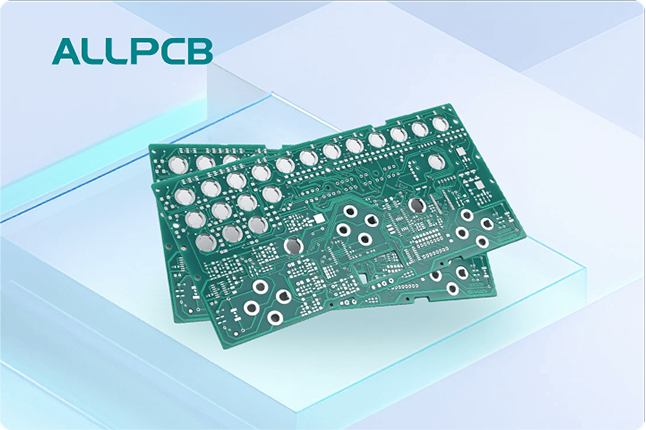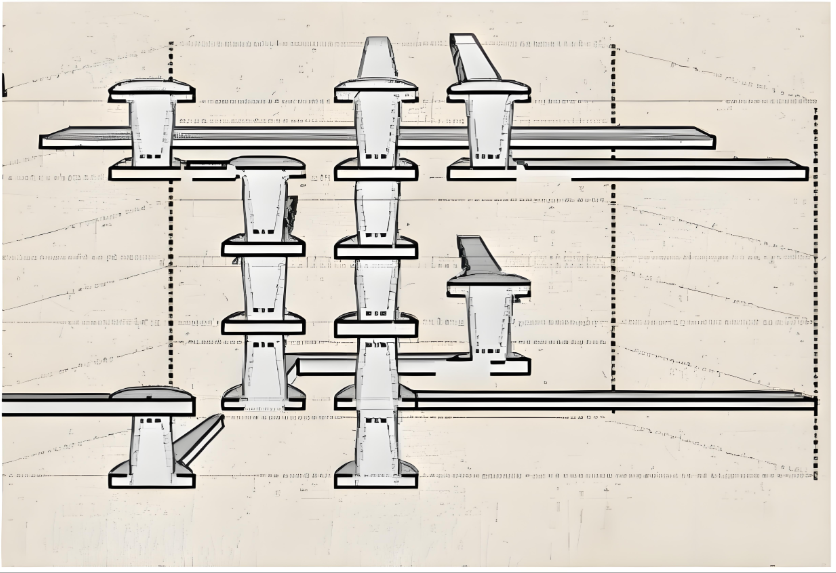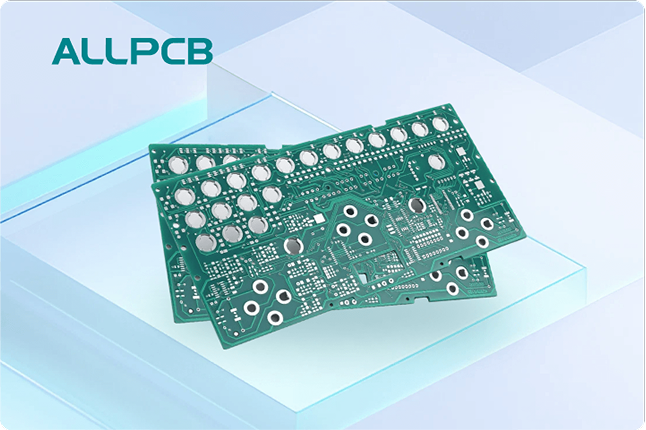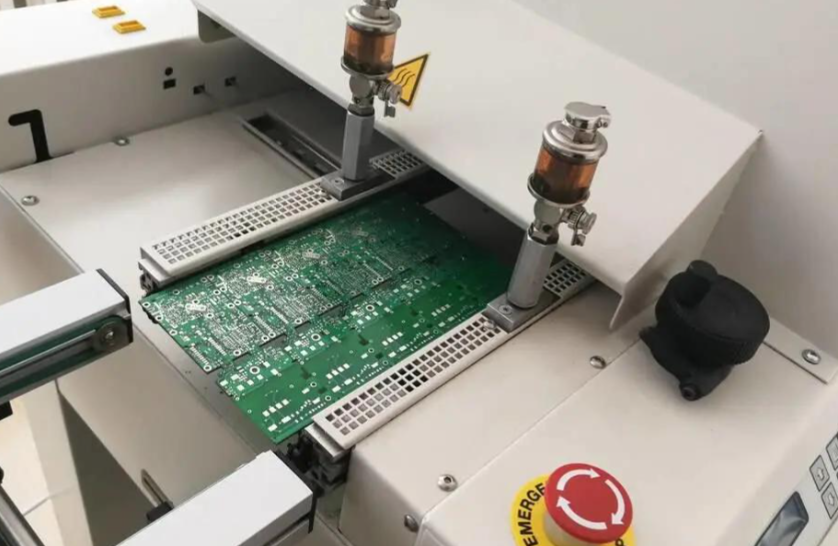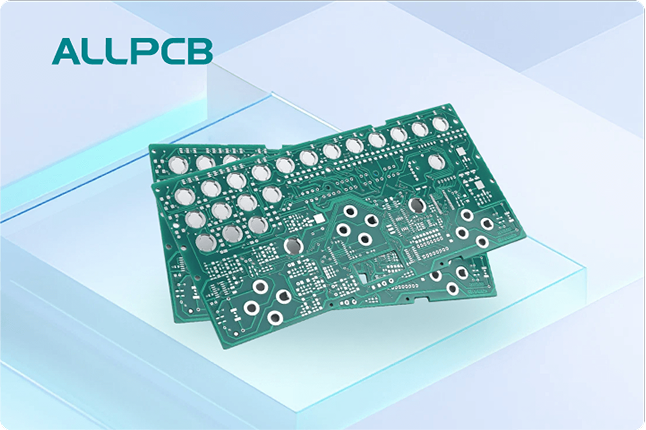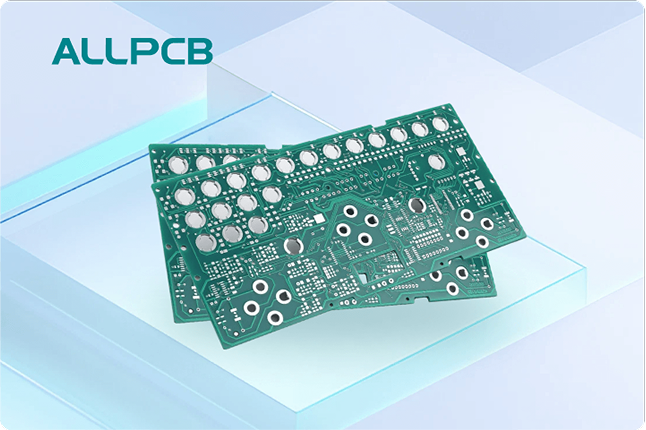In the fast-evolving world of electronics, sustainability has become a pressing concern. Traditional printed circuit boards (PCBs) made from materials like FR4 pose significant challenges for recycling due to their non-biodegradable nature. Enter Soluboard—a groundbreaking water-soluble PCB material that promises to transform electronics recycling. If you're searching for eco-friendly solutions like Soluboard PCB recycling or biodegradable PCB benefits, you're in the right place. This blog dives deep into how Soluboard is revolutionizing the industry, its advantages over conventional materials, and what it means for the future of electronics.
What is Soluboard? Understanding Water-Soluble PCB Material
Soluboard is an innovative PCB substrate designed to address the environmental challenges of electronic waste (e-waste). Unlike traditional FR4 boards, which are made from fiberglass and epoxy resin, Soluboard is a water-soluble PCB material that can dissolve in warm water at the end of its lifecycle. Developed by a pioneering company focused on sustainable electronics, this material allows for easy separation of components, making recycling more efficient and less harmful to the environment.
The core idea behind Soluboard is simple yet powerful: create a material that supports the functionality of a PCB during use but breaks down without leaving toxic residues when discarded. This biodegradable approach tackles one of the biggest issues in electronics—e-waste, which is growing at an alarming rate of over 50 million metric tons annually, according to the United Nations. By using natural fibers and eco-friendly polymers, Soluboard ensures that the environmental footprint of electronics manufacturing is significantly reduced.
The Problem with Traditional PCBs: Why Recycling is a Challenge
Before diving deeper into Soluboard PCB recycling, it’s important to understand why traditional materials like FR4 create such a hurdle for sustainability. FR4, a widely used PCB substrate, consists of woven fiberglass reinforced with epoxy resin. While it offers excellent thermal and mechanical stability—handling temperatures up to 130°C and providing robust insulation—it is notoriously difficult to recycle.
The recycling process for FR4 involves complex methods like mechanical shredding, chemical treatments, and high-temperature incineration. These processes often release harmful toxins, such as brominated flame retardants, into the environment. Moreover, only about 15-20% of e-waste is formally recycled globally, as reported by the World Economic Forum, meaning most discarded electronics end up in landfills, leaching pollutants into soil and water.
The challenges don’t stop there. Separating valuable metals like copper, gold, and silver from FR4 boards requires energy-intensive processes, often making recycling economically unfeasible. This is where water-soluble PCB materials like Soluboard present a game-changing alternative.
How Soluboard PCB Recycling Works
Soluboard PCB recycling is a straightforward and eco-friendly process that sets it apart from traditional methods. When a Soluboard-based device reaches the end of its life, it can be immersed in warm water—typically around 40-60°C. Within minutes, the substrate dissolves, leaving behind the electronic components and metal traces, which can be easily separated and reused.
This process eliminates the need for harsh chemicals or high-energy mechanical separation. The dissolved material breaks down into non-toxic byproducts, which can be safely disposed of or even composted in some cases. The remaining components, such as chips and connectors, can be sorted for reuse or recycling with minimal effort. This not only reduces waste but also lowers the energy consumption of recycling by up to 60% compared to FR4 boards, based on initial studies of biodegradable PCB benefits.
Soluboard vs FR4: A Side-by-Side Comparison
To fully appreciate the impact of Soluboard, let’s compare it with FR4 across key parameters. While FR4 has been the industry standard for decades due to its durability and performance, Soluboard offers unique advantages for sustainability-focused applications.
- Material Composition: FR4 is made of fiberglass and epoxy resin, making it rigid and non-biodegradable. Soluboard uses natural fibers and water-soluble polymers, ensuring it breaks down without toxic residue.
- Recycling Ease: Recycling FR4 requires energy-intensive processes and often results in hazardous waste. Soluboard dissolves in warm water, simplifying recycling and reducing environmental impact.
- Performance: FR4 offers superior thermal resistance (up to 130°C) and dielectric strength (around 20 kV/mm), ideal for high-performance electronics. Soluboard, while slightly less robust in extreme conditions, still meets the requirements for many consumer electronics, with ongoing improvements in thermal stability.
- Environmental Impact: FR4 contributes heavily to e-waste pollution, while Soluboard minimizes landfill waste and supports a circular economy.
- Cost: FR4 is currently cheaper due to established manufacturing processes. Soluboard, being newer, has a higher initial cost but offers long-term savings through easier recycling and reduced waste management expenses.
While Soluboard may not yet match FR4 in every technical aspect, its environmental benefits make it a compelling choice for industries aiming to reduce their carbon footprint. As technology advances, we can expect Soluboard’s performance metrics to improve, potentially rivaling FR4 in more applications.
Biodegradable PCB Benefits: Why Soluboard Matters
The rise of biodegradable PCB materials like Soluboard brings several key benefits to the electronics industry and beyond. These advantages align with global efforts to combat e-waste and promote sustainable manufacturing practices.
1. Reduced E-Waste Pollution
With over 50 million tons of e-waste generated each year, the need for sustainable solutions is urgent. Soluboard’s water-soluble nature ensures that discarded PCBs don’t linger in landfills for centuries, unlike FR4 boards. This directly reduces soil and water contamination from hazardous materials.
2. Energy-Efficient Recycling
Traditional PCB recycling consumes significant energy—often exceeding 100 kWh per ton of e-waste processed. Soluboard’s dissolution process requires minimal energy, relying on simple warm water immersion rather than industrial shredding or chemical treatments.
3. Recovery of Valuable Materials
By simplifying component separation, Soluboard makes it easier to recover precious metals like gold (often present at 0.1-0.3% by weight in PCBs) and copper (up to 20% by weight). This improves the economic viability of recycling and reduces the need for mining new resources.
4. Support for Circular Economy
Soluboard promotes a circular economy by enabling reuse and recycling at every stage of a product’s lifecycle. Manufacturers can design products with end-of-life disposal in mind, aligning with regulations like the European Union’s Waste Electrical and Electronic Equipment (WEEE) Directive.
Applications of Soluboard in Modern Electronics
While Soluboard is still an emerging technology, it’s already finding its place in various applications, particularly in consumer electronics where sustainability is a growing priority. Some notable use cases include:
- Disposable Electronics: Devices like single-use sensors or temporary IoT gadgets benefit from Soluboard’s biodegradability, as they can be discarded without long-term environmental harm.
- Educational Kits: Soluboard is ideal for prototyping and educational purposes, where boards are often used briefly and then discarded.
- Consumer Products: Items like smart home devices, wearables, and low-power gadgets can leverage Soluboard to appeal to eco-conscious consumers.
As research continues, we expect Soluboard to expand into more demanding applications, potentially including automotive and industrial electronics, provided its thermal and mechanical properties are enhanced.
Challenges and Future Outlook for Water-Soluble PCBs
Despite its promise, Soluboard faces certain challenges that need to be addressed for widespread adoption. Its current thermal resistance and mechanical strength are lower than FR4, limiting its use in high-performance or high-temperature environments (above 100°C). Additionally, the production cost of water-soluble PCB materials remains higher due to the novelty of the technology and smaller-scale manufacturing.
However, the future looks bright. Ongoing research aims to improve Soluboard’s durability and performance, potentially matching FR4’s dielectric constant (around 4.5 at 1 MHz) and loss tangent (approximately 0.02) for better signal integrity in high-frequency applications. Moreover, as demand for sustainable materials grows, economies of scale could drive down costs, making Soluboard a viable option for mass production.
By 2030, the global e-waste recycling market is projected to reach $110 billion, according to industry forecasts. Innovations like Soluboard are poised to play a critical role in this growth, helping manufacturers meet stricter environmental regulations and consumer expectations for green technology.
How Soluboard Aligns with Global Sustainability Goals
The development of biodegradable PCBs like Soluboard aligns with broader sustainability initiatives, such as the United Nations’ Sustainable Development Goals (SDGs). Specifically, it supports goals like Responsible Consumption and Production (SDG 12) by reducing waste and promoting recycling. It also contributes to Climate Action (SDG 13) by lowering the carbon footprint of electronics manufacturing and disposal.
Governments and organizations worldwide are increasingly pushing for greener electronics. For instance, the European Union’s Circular Economy Action Plan emphasizes sustainable product design, making materials like Soluboard a strategic fit for compliance. As more companies adopt such technologies, the electronics industry can move closer to a zero-waste future.
Why Choose Soluboard for Your Next Project?
For engineers and manufacturers, Soluboard offers a forward-thinking solution to balance performance with environmental responsibility. While it may not yet replace FR4 in every application, it’s an excellent choice for projects where sustainability is a priority. By integrating Soluboard into your designs, you can contribute to reducing e-waste, lowering recycling costs, and meeting regulatory requirements—all while appealing to a growing base of eco-conscious consumers.
At ALLPCB, we’re committed to supporting innovative materials and processes that drive the industry forward. Whether you’re exploring Soluboard PCB recycling or other sustainable options, we’re here to help you navigate the future of electronics manufacturing with cutting-edge solutions.
Conclusion: The Future of Electronics Recycling with Soluboard
The Soluboard revolution is just beginning, but its potential to transform electronics recycling is undeniable. By offering a water-soluble PCB material that simplifies disposal and minimizes environmental harm, Soluboard addresses the critical challenges of e-waste that have plagued the industry for decades. Compared to FR4, it provides a greener alternative with significant biodegradable PCB benefits, paving the way for a more sustainable future.
As technology evolves, we anticipate even greater advancements in Soluboard’s capabilities, making it a cornerstone of eco-friendly electronics design. For now, it stands as a powerful reminder that innovation and sustainability can go hand in hand. Stay ahead of the curve by considering Soluboard for your next project and joining the movement toward a cleaner, greener planet.
 ALLPCB
ALLPCB


